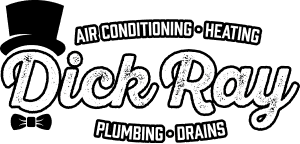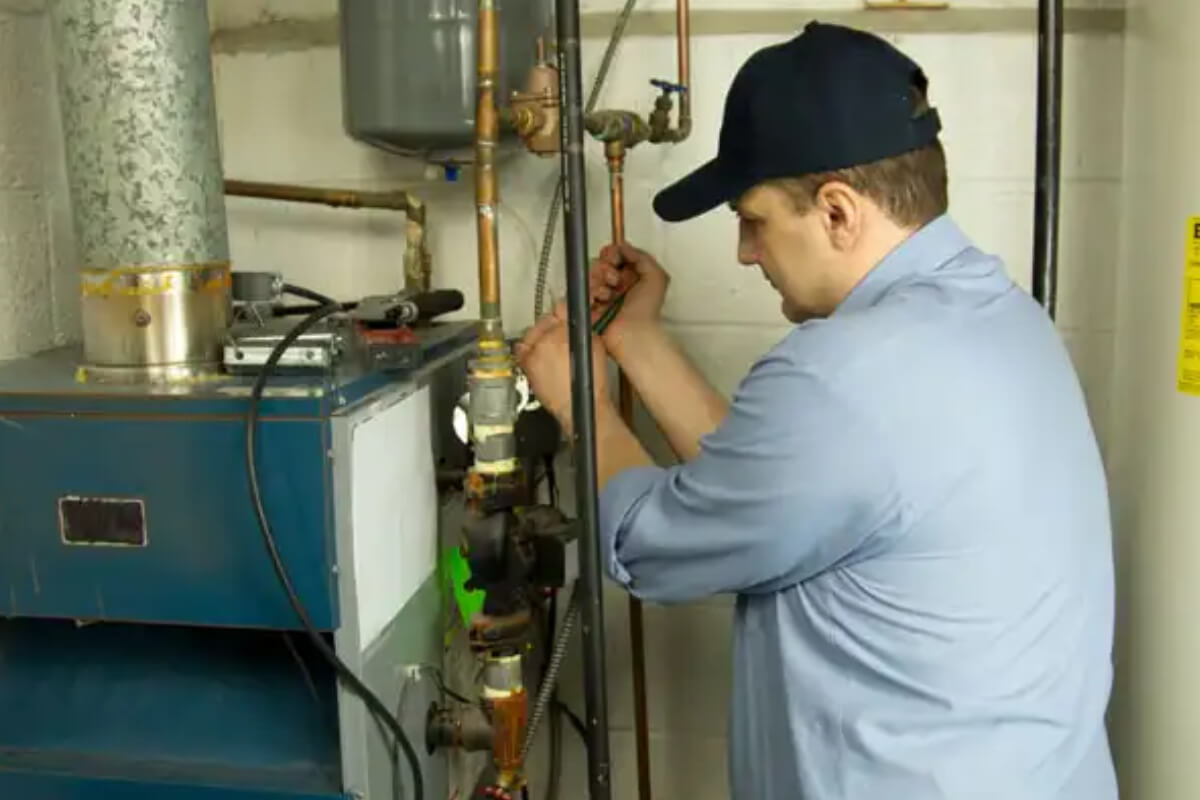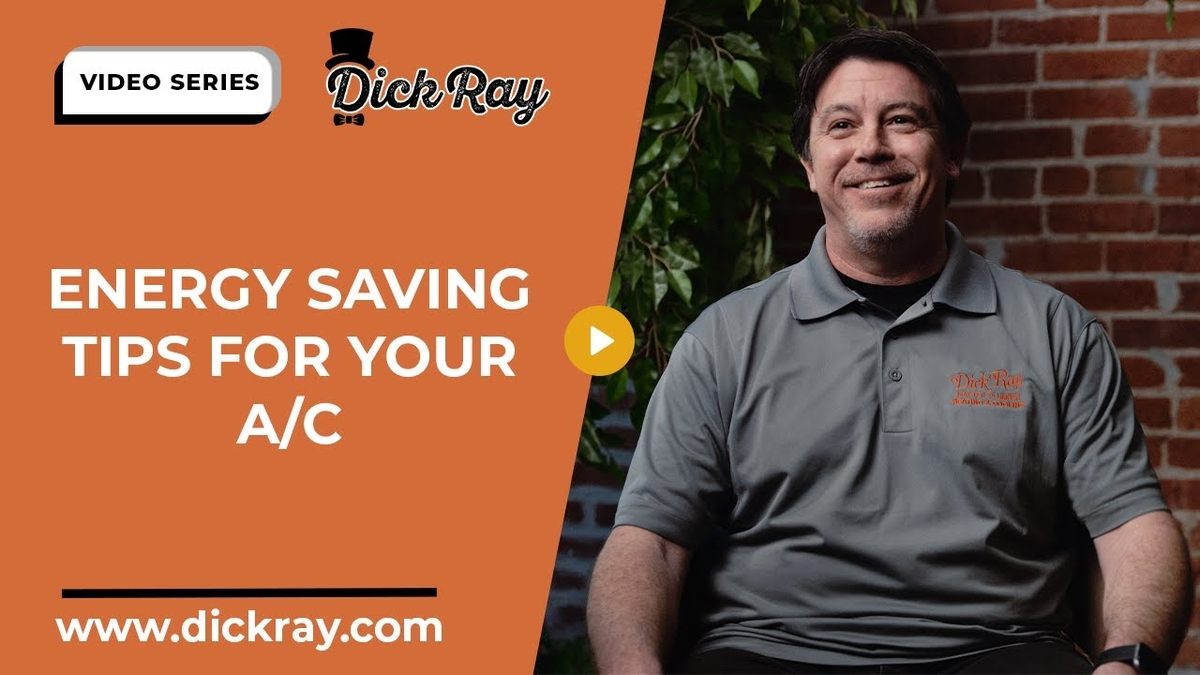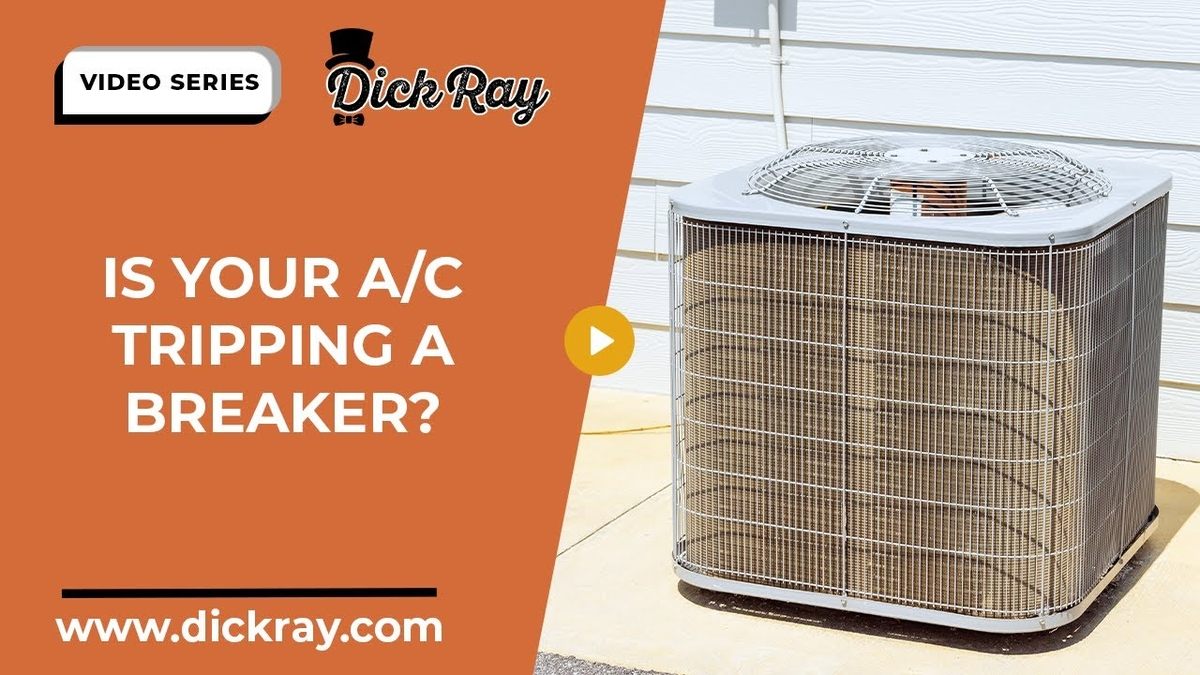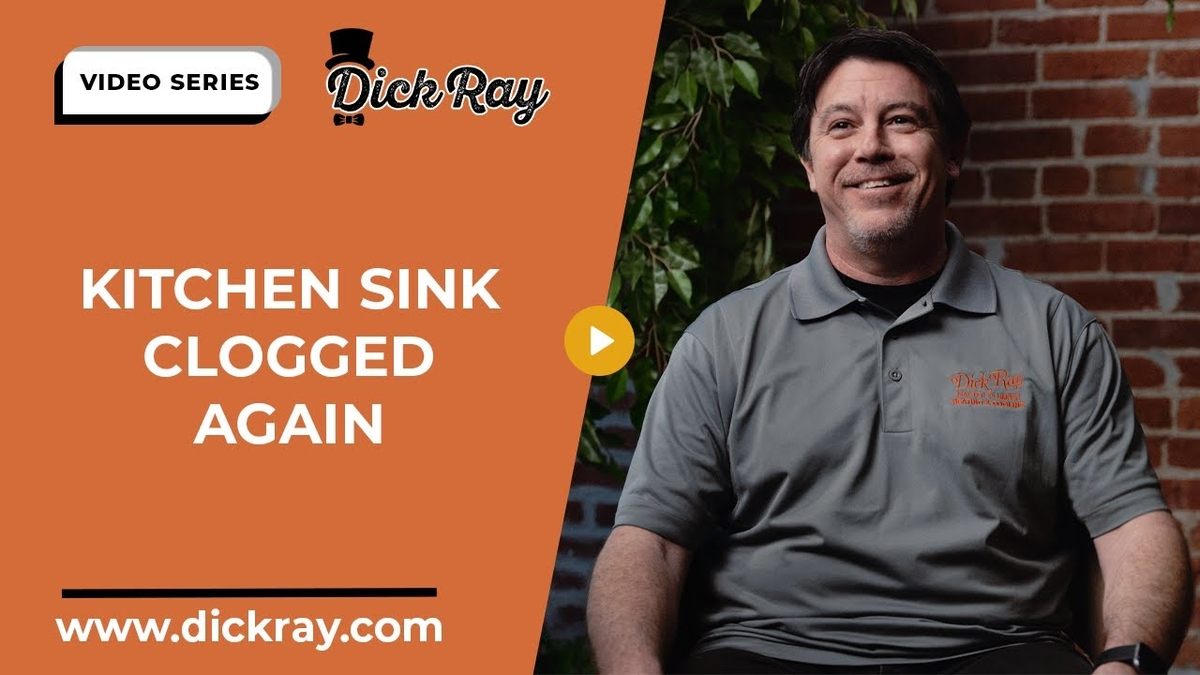Furnaces provide warm air during the cold winter months. However, with all the work they do to keep your home warm and comfortable, they are often subject to issues that will need to be repaired by a professional.
To prolong the life of your furnace, you’ll need to schedule annual maintenance appointments. However, if a more significant issue arises, you can either repair the parts or replace the system altogether. In this guide, we’ll discuss how long your furnace should last, when it needs to be repaired and when it needs to be replaced.
Why Should I Maintain My Furnace?
Preventative maintenance is essential to prolong the life of your furnace. Be sure to replace the air filter, lubricate all moving parts and inspect the furnace at least once a year. Some of the reasons why you should maintain your furnace include:
- Safety: Furnaces are complex machines with several moving parts working together. If any piece of the furnace breaks, it can compromise the integrity of the unit. A routine maintenance check-up of the furnace can keep your home safe and healthy all year long.
- Cost-effectiveness: Malfunctioning gas furnaces need more gas to fire up the air. As the price of gas increases, save money by checking your furnace at least twice a year.
- Protection: A malfunctioning furnace could break down in the middle of winter. Schedule an appointment with a furnace service specialist to replace any faulty parts.
You should schedule your maintenance appointment once each year. Your home will be warm and comfortable in the cold winter weather if you prepare your furnace in the fall.
How Long Does a Furnace Last?
The life expectancy of a furnace is 20 to 30 years, but proper maintenance can help prolong its life. In a furnace system, the thermostat controls the temperature of the air. When you set the temperature, the furnace ignites, and the air moves into the heat exchanger. The heat exchanger warms the air, and the blower moves the air out of the ducts into your living space.
Professionals use an annual fuel utilization efficiency (AFUE) rating to determine the energy-efficiency of the furnace. An AFUE rating of 80 percent or higher indicates your furnace is in efficient working condition. A rating less than that could mean you need to replace your furnace.
There are many different types of furnaces, each with its own set of benefits — for example:
- Gas furnace: This is the most common type of furnace in households today. Gas furnaces are powered by natural gas, which comes from municipal lines underground to heat the air. Fans then blow the air into the home through the ducts. Newer gas furnaces are generally cost-effective with an AFUE rating of up to 97 percent.
- Oil furnace: This type of furnace is common in places where natural gas isn’t easily accessible. Oil furnaces convert oil into heat and blow hot air through the ducts of the home with fans. Oil furnaces are slightly less energy-efficient than gas furnaces.
- Electric furnace: Using electricity, this type of furnace heats the air and transfers it through the ducts. Electric furnaces are generally more affordable than other types of furnaces and have an AFUE rating between 95 and 100 percent.
- Modulating furnace: Modulating furnaces are energy-efficient because they can pinpoint a projected temperature and adjust their use of gas accordingly. Instead of shutting on and off throughout the day, modulating furnaces stay on at a low energy level. They also need less power to achieve the perfect temperature in your home.
When to Repair Your Furnace
Figuring out whether you need to repair or replace your furnace can be a tricky task. If you have an older furnace, you may need to replace the whole unit. Another more cost-effective option could be to repair the faulty parts of the furnace. Unless your furnace is at risk of system failure, you can choose to either repair or replace your furnace.
Generally, you should repair your furnace when:
A specialist advises you to repair certain parts of the furnace: A professional in the furnace industry can give you advice on what parts of the furnace to replace. They will inspect for any issues, so your unit can function at its best.
- You have money in your repair budget: Create a repair cutoff point to determine how much money you’re willing to spend on repairs. If you have money in the budget, and the furnace repair cost is within that budget, you should repair those parts of the furnace.
- You’re selling your house: If you’re moving out soon, you should update the parts that need fixing. The goal of replacing the furnace is to save money in repair costs. If you want a short-term solution until you move out, repair the faulty parts of the furnace.
- The furnace is more than 15 years old, and you have maintained it: While the life expectancy of a furnace is 20 to 30 years, you will start to see more repairs needed for the furnace after 15 years. Replace your furnace’s air filters and schedule maintenance checks to prolong the life of your furnace. If you’ve kept your furnace maintained, the furnace will last longer. You might only need to replace a part of the furnace instead of the whole system.
- Energy costs rise in your home: As furnaces get older, they use more energy to provide warm air for your home. If your energy bills rise, there might be an issue with your furnace that can be repaired.
If an issue arises with your furnace that can be repaired, schedule an appointment with a furnace service professional. Never try to perform complex repairs on a furnace yourself — always trust a professional to get the job done right. A furnace specialist could repair these common problems during a routine maintenance check:
- Dirty filters: When your air filters are dirty or clogged, it reduces the airflow of the furnace. If the furnace turns on but struggles to blow out hot air, it’s likely the filters are dirty and need to be replaced. Replace your air filters every few months to improve the airflow of your furnace. A clogged air filter could also cause soot to travel into the heat exchanger.
- Faulty thermostat: If the furnace isn’t blowing hot air, you may have the thermostat set to the wrong setting. Reprogram your thermostat to the correct temperature for your season. Make sure that the thermostat is set to “heat” in the winter.
- Tripped circuit breaker: The circuit breaker connects to the furnace. If there was a power surge, the furnace could have switched off. Check the circuit breaker designated for the furnace to make sure it’s flipped on. Since it looks like a light switch, someone in your home could have switched it off.
- Ignition problems: When the thermostat starts the furnace, the igniter turns on and heats the air. A faulty igniter could cause other problems for the furnace. If the thermostat works and cold air is blowing out, the ignition system could be the problem.
- Dirty or broken burner: After the igniter heats the air, the burner keeps the air warm as it blows through the rest of your home. If the thermostat is on and the igniter works, a broken burner could cause the air to come out cold. A professional in the furnace industry could clean and inspect the burner to warm the air in your home.
- Blower malfunctions: If the furnace is making a high-pitched sound, the blower might be the problem. A professional furnace specialist will clean and inspect the blower and determine if you need to replace it.
When to Replace Your Furnace
In some cases, you may only need to repair your furnace to get it running again. However, the issue may be more severe. If the problem is unfixable or too expensive, a furnace specialist might recommend replacing it instead of repairing it. However, if your furnace has chronic issues, a replacement could be the perfect solution, since a new furnace is 15 percent more energy-efficient than a conventional one.
It Might be Time to Replace Your Furnace When
Your Furnace Is More Than 15-Years-Old
An older furnace will need more maintenance and break down more often. A furnace has an average lifespan of 20 to 30 years. Excessive use and improper maintenance can also shorten the life of the furnace. When your furnace turns 15 years old, you should consider saving up money for a new one. If you maintain your furnace, it should last much longer than 15 years.
You Need to Call a Repair Specialist Often
Your furnace will start to need more repairs during the last few years of its life. When certain issues become chronic, you should start creating a budget for a new furnace. Be sure to replace your furnace before it breaks down and you need to use emergency money to replace it.
You Start to See an Increase in Your Energy Bill Each Month
Older furnaces have to use more energy to produce warm air because of their worn-out parts. As a result, you may notice your energy bills start to rise. You may want to consider replacing the furnace to reduce your energy bill each month. You can also install a programmable thermostat to reduce how much you pay each month in energy bills. Wear layers and use blankets to warm yourself instead of increasing your furnace use.
The Rooms in Your Home Are Different Temperatures
As a furnace gets older, it loses its ability to distribute heat throughout the home. If you notice some rooms are colder than others, you may want to consider replacing the furnace. A new furnace will provide a comfortable temperature throughout your whole house. You could also regulate the temperature throughout your home by updating your insulation.
You See Soot Around the Registers
The registers of a furnace are the covers of the ventilation ducts that open and close. Registers control airflow throughout the home. If you see rust or soot on these ventilation duct covers, your furnace has too much carbon dioxide. Airborne debris could dry the air, damaging your furniture and plants. Dander and dust could also cause symptoms of sinus issues and respiratory illnesses.
Cleaning the ducts should relieve these symptoms. Replace your furnace if you see an excessive amount of soot near the vents. You could also seal the ducts to prevent them from bringing dust from the attic and crawl space to the main level.
You Hear Strange Noises Coming From the Furnace
Furnaces produce noise while they’re running. Older furnaces may produce more unsettling sounds throughout the day. If you hear a rattling sound, one of the parts of the furnace may be loose. A popping sound indicates a change in temperature inside the furnace as it heats and cools. You should replace the motor if it makes a loud humming noise. If you hear a screeching or squealing noise, you may need to replace the belt or blower motor.
Your Furnace Is Emitting Carbon Monoxide
If the heat exchanger on your furnace has a crack, it could leak carbon monoxide into the air. To ensure you’re breathing in safe air, make sure your carbon monoxide detectors are working properly. Carbon monoxide detectors can show if you have a faulty heat exchanger. If you detect any carbon monoxide, you need to evacuate your home and replace the furnace as soon as possible.
Run a quick inspection on your own to look for these symptoms. If you hear or see any problems, call a professional in the furnace industry. A furnace service professional could repair the furnace or give you an honest assessment of whether it should be replaced.
Dick Ray Master Plumber
A local furnace specialist will help you determine if you need to replace or repair your furnace. As professionals in the furnace industry, our friendly team at Dick Ray Master Plumber will fix any problems with your furnace. A routine maintenance appointment could also help us prevent problems in the future. During a routine maintenance check, we will:
- Inspect and clean the vent system.
- Check for any signs of damage in the heat exchanger.
- Clean and inspect the blower.
- Examine the electrical connections.
- Lubricate all moving parts in the furnace.
- Inspect and reprogram the thermostat.
- Look at the burner and flame sensor.
- Check for cracks in the belts.
- Replace the air filter.
- Test all safety features.
If you live in the Kansas City area, schedule a maintenance appointment with Dick Ray Master Plumber. Call (913) 214-8770 for a quote or information about repairing or replacing a furnace. You could also schedule an appointment online if your furnace shows any signs of decline.
